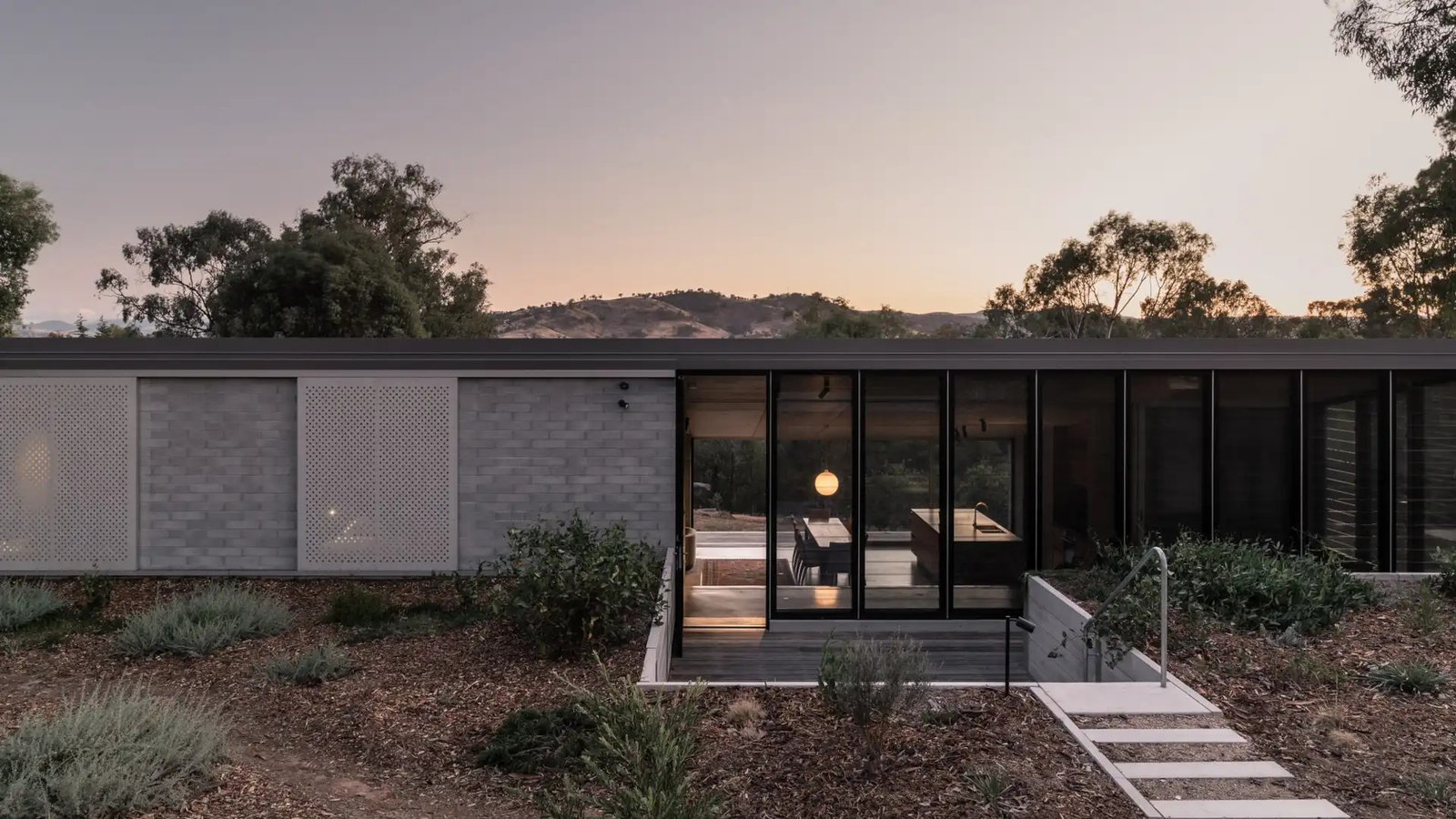Resilient architecture: Designing for natural disasters
Resilient architecture focuses on designing buildings that can withstand and recover from natural disasters, ensuring safety, sustainability, and long-term functionality in vulnerable regions. Here’s a comprehensive guide to the principles, technologies, and examples of resilient architecture.
1. Understanding Resilient Architecture
Definition and Importance:
- Safety and Durability: Designing buildings to resist extreme weather events, seismic activities, and other natural hazards.
- Sustainability: Incorporating energy-efficient and environmentally friendly features to minimize environmental impact and promote long-term resilience.
2. Key Design Principles for Resilient Architecture
Design Strategies:
- Structural Integrity: Using reinforced concrete, steel frames, and advanced materials to enhance structural strength and stability.
- Adaptive Design: Allowing buildings to flex, sway, or deform during earthquakes or high winds without compromising structural integrity.
3. Technologies and Innovations in Resilient Architecture
Advanced Solutions:
- Seismic Dampers and Isolators: Installing shock-absorbing devices to dissipate seismic energy and reduce building vibrations during earthquakes.
- Flood-resistant Materials: Using waterproofing techniques, elevated foundations, and flood barriers to protect against rising water levels.
4. Case Studies of Resilient Architecture

Successful Examples:
- Hurricane-Resistant Homes (Florida, USA): Designing homes with reinforced roofs, impact-resistant windows, and storm shutters to withstand high winds and flying debris.
- Tsunami-Resilient Buildings (Japan): Implementing elevated foundations, breakaway walls, and tsunami-resistant doors to mitigate flood damage and enhance evacuation routes.
5. Sustainable Practices in Resilient Architecture
Environmental Benefits:
- Energy Efficiency: Integrating passive design strategies, solar panels, and energy-efficient HVAC systems to reduce operational energy consumption.
- Material Selection: Choosing durable, low-maintenance materials that withstand harsh environmental conditions and require minimal upkeep.
6. Community Resilience and Social Equity
Inclusive Approaches:
- Safe Rooms and Community Shelters: Designing public spaces and community facilities that serve as emergency shelters during natural disasters.
- Accessible Design: Ensuring buildings are accessible to all individuals, including those with disabilities, during evacuation and post-disaster recovery.
7. Planning and Policy Considerations
Regulatory Framework:
- Building Codes and Standards: Adhering to local and international codes that mandate disaster-resistant construction practices and safety measures.
- Emergency Preparedness: Collaborating with emergency management agencies and stakeholders to develop evacuation plans and response strategies.
8. Challenges and Implementation Hurdles
Overcoming Obstacles:
- Cost Constraints: Balancing upfront construction costs with long-term benefits and potential savings from reduced damage and downtime.
- Public Awareness: Educating homeowners, developers, and policymakers about the importance of resilient architecture and its impact on community resilience.
9. Future Trends in Resilient Architecture
Technological Advancements:
- Smart Building Technologies: Integrating sensors, monitoring systems, and real-time data analytics to enhance building performance and resilience.
- Climate Adaptation Strategies: Anticipating future climate change impacts and designing buildings that can adapt to changing environmental conditions.
10. Conclusion
Resilient architecture plays a crucial role in mitigating the impact of natural disasters and enhancing community resilience in vulnerable regions. By integrating advanced design strategies, innovative technologies, and sustainable practices, architects can create buildings that not only withstand extreme events but also promote safety, sustainability, and long-term functionality. As global climate risks continue to evolve, resilient architecture remains an essential tool for building a more resilient and adaptive built environment that protects lives, property, and communities.



